At its eighth edition, the experimental film festival BIEFF, one of the most important events on the Bucharest video art stage open to the general public, is being held this year under the umbrella of a strong statement: embracing otherness. Beyond the ethical implications that this concept holds, the other is a polymorphic constellation, dispensing and moving content from / to various areas such as post-colonialism, animal studies, artificial intelligence and technology, feminism, decolonization, etc. All oh these, naturally, contaminated by the identity scheme and inevitable filter of socio-politics. It is, therefore, the potential for modelling the other (based precisely on the background of exclusion that forces the Other’s model to be imposed on unfeasible structures) that this year’s films compear in front of the consumer’s gaze. It is no accident that I use the term to compear, passing it through Nancy’s filter – a philosopher engaged in deconstruction and enamored with images – in order to remember that the Other’s way of thinking indexes and practices thought-in-common, laying the groundwork for the politics of the future.
We compear: we come together (in)to the world. It is not that there is a simultaneous arrival of several distinct units (as when we go to see a film together) but that there is not a coming (in)to the world that is not radically common; it is even the common itself. To come into the world is to be-in-common.
The (SELF)PORTRAIT OF THE ARTIST AS A YOUNG MAN section gathers films with a self-referential and autobiographical layer. Among them, Portuguese João Pedro Rodrigues’s film, who, in Where Do You Stand Now, João Pedro Rodrigues? (Portugal, France, 2017, 21′) in a nostalgic note, with a gentle light, recalls the beginning and the curse of his crucial relationship with João Rui Guerra da Mata. What breaks the intimate scheme and unleashes the wreck of the lyrical gesture is the focus on the monarch butterfly’s migration route from Canada to Mexico, who carries and transposes the entire narrative. More interesting, however, than Rodigues’ film is the work of Ali Cheri, Somniculus (France, Lebanon, 2017, 15′). Although this film facilitates a (false) biographical perspective, through the presence of the author in the spotlight, this is just a pretense to expropriate the act of gazing. They rather illustrate the camera’s journey through museums – these institutions that collect based on colonizing foundations – and, above all, the artifact as a highly ideological object that updates the ultimate meaning of film. The issue that arises therefore questions the act of gazing: is the eye a socially-politically maneuvered device, captured and guided to stop in accordance with a series of institutionally validated norms?
Artist Laure Prouvost’s older film Into All That Is There (UK, 2015, 9′) is also about the image’s seductive power and gaze’s subjugation. The video layers images and feeling in order to build a sticky and dark fragmented subconscious scenario. Flows of desire and pleasure cross the body and validate it as a desiring machine. The viscous image rises and invades, mimicking the movement of insects within pollen and approximating the climax. The affect territorialized language triumphs and transcends the imago becoming of the arthropod. Varying from the British artist’s film, but activating a similar flow of desire in more comical and less playful sessions is The Dust Channel (2016, 23′) by Israeli director Roee Rosen. Disguised as an operetta, the discourse musically glides, on the soundtrack of a Russian libretto, around a ménage à trois where the main actor is a vacuum cleaner, the Dyson DC07. Beyond the idea of endowing an object with the qualities of an actor, thus altering the human assemblage, the film ironically fetishizes the relationship between entities with various ontologies, trying to load them on the same plane. Everything is altered by the TV insertions about the Holot detention center of immigrants, which act like interventions in order to break the white-imperialist narrative and to point out xenophobia. The political cathode is open and emitting not only to corroborate love, but to also critically signal the social plane. Far from the architecture and perspective of these two films, the film by South Korean-Dutch duo Metahaven is perhaps the most sympathetic from this section. Information skies (2017, 24′) is an experimental and hybridized film built on balancing the levels between manga-animation graphics and geometric shapes that float over the layer of reality. The film combines Euro-Asian digital architecture with reality to deliver a fiction set in the future and centers around the issue of design and Dasein in the postdigital era, where simulacrums scramble.
However, the cream of the crop remains the section that groups the Berlinale selections. Among the many embodiments that the Other can bear and catches the eye, perhaps the most recurring one is that of the immigrant, war witness and war victim, either as a subject presented in absentia or as a character. When things occur (Oraib Toukan, 2016, 28′) is one of these documentary films, a Palestine-UK co-production, which puts together the skype conversations of photographers from Gaza, and contextually discusses war photography. More than simply zooming in on the digital materialization of pain, the film raises the issue of the economics of aesthetics and the commodification of suffering for the media, hence the very thin line between entertainment and empathy generated in the consciousness of white privileged men. Like The Dust Channel, The Rain Is Gone (Noam Enbar, Israel, France, 2016, 16′) takes the Holot detention center as a reference, but this time it’s not the flashy TV scripts that provoke political positioning, but the very glossolalia singing asylum seekers of Sudan or Eritrea. This scenographically minimal film was meant to resonate in large scale rooms and to cross the screen in mediating closeness and a community spirit. Camera Threat (Bernd Lützeler, Germania, 2017, 29) is experimental, intelligent and even funny through the estranged encounter between the digital image and the blurred VHS reel in an attempt to deliver the montage-image. With the addition of meta inserts, the work spills over Mumbai and the film industry, revealing the uncomfortable encounter between the director and the symbol-actress, and exposing them to the room where aura is lost and the boundary between reality and fiction is absorbed.
But le top du top of the series are Purple, Bodies in Translation – Part II of a Yellow Memory from the Yellow Age (Joe Namy, Libya, 2017, 15′) and Studies on the Ecology of Drama (Liisa Ahtila, Finland, 2017, 26′), both conceived as installations. Purple, Bodies in Translation puts the crisis of representation face to face with the war crisis in Syria and Iraq. The image – a purple screen (which invariably references the floating signifier originated by Levi-Strauss, later developed by Barthes, Laclau, Hall and others) shows nothing but subtitles in English and Arabic, framing fragments from the essay works of Linei Mounzer and Stefan Tarnowski, who raise the issue of translation and of witness/confession. Both positions, both the translator and the witness, are only left to speak through delegation, that is, by translation, which is impossible to be confessed – the extreme threshold between life and death. Varying from Joe Namy’s installation, Eija-Liisa Ahtila’s piece proposes practicing a post-orthopocentric perspective and questioning the traditional point of view used in cinema, as well as the narrative that accompanies it. Based on a lecture, the video not only reveals the anthropo-patriarchal logic of filmmaking, but also ecologically extends man as a geopolitical factor involved in destroying the biosphere and colonizing other species. In Staying with the Trouble. Making Kin in the Chthulucene, Donna Haraway elegantly sums up the urgency of the action pointed out by Eija-Liisa Ahtila:
Bacteria and fungi abound to give us metaphors; but, metaphors aside (good luck with that!), we have a mammalian job to do, with our biotic and abiotic sympoietic collaborators, colaborers. We need to make kin symchthonically, sympoetically. Who and whatever we are, we need to make-with—become-with, compose-with—the earth-bound.
BIEFF (Bucharest International Experimental Film Festival) takes place between March 26 – April 1, 2018, in various places all over the capital.
POSTED BY
Anca Bucur
Anca Bucur is a Bucharest-based poet and video-performance artist, co-founder of frACTalia press, and editor at InterRe:ACT magazine. Being interested in techno-culture and bio-technological framings ...
github.com/ancabucur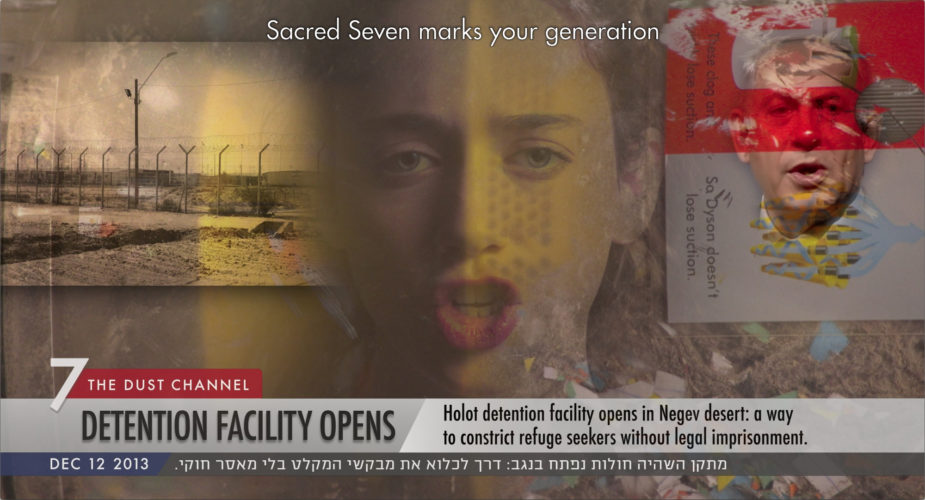
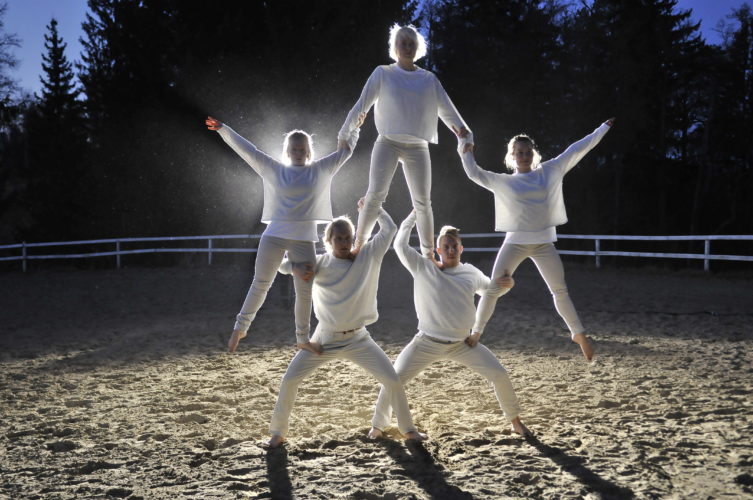
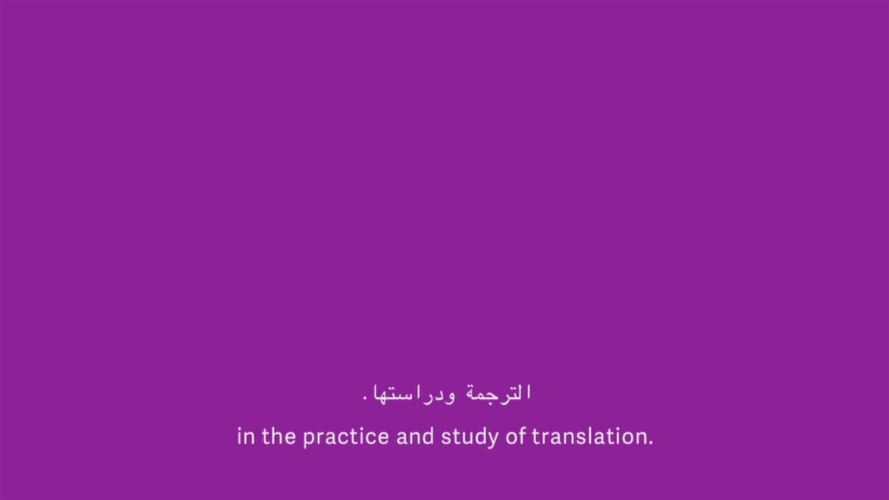
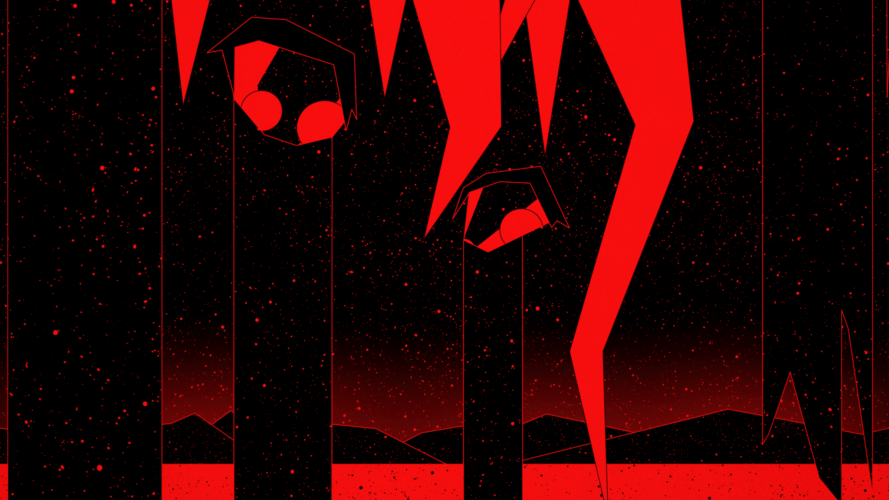
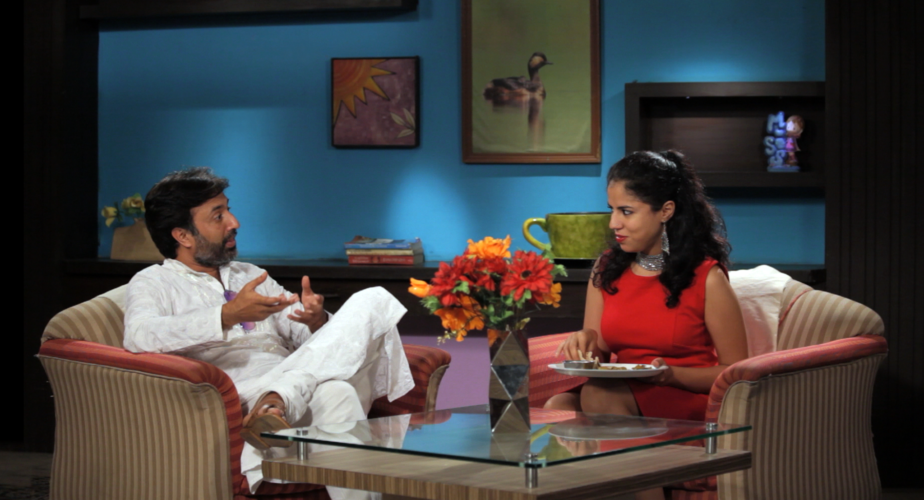
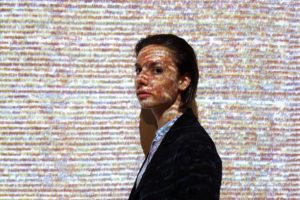
Comments are closed here.